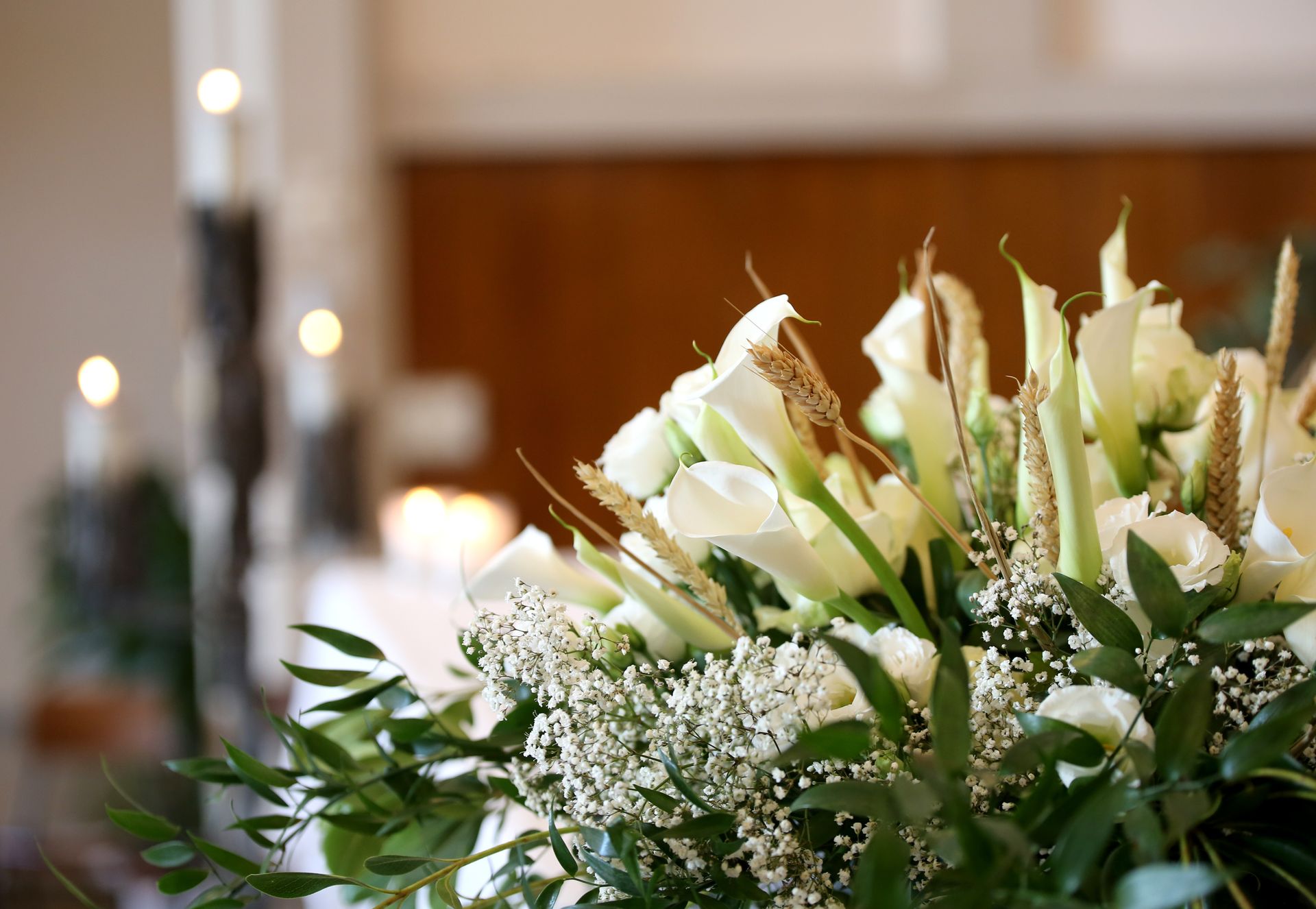Planning a memorial service for a loved one who died during pandemic restrictions
Nature's Symphony
If you were one of the nearly 20% of Americans who lost a relative or friend to COVID-19 (according to one source ), or for any reason during the pandemic, gathering restrictions and precautions may have prevented you from holding the kind of funeral that you wanted for them. Many families that we have worked with over the past year or so expressed the desire to hold a larger memorial service for their loved one once the pandemic eased.
As time passes, it may feel less urgent or necessary to hold a memorial service. But there is tremendous value in gathering to mark the passing from life to death of someone we love. Time spent reflecting on their life, honoring them and what they meant to you and others is an important part of your grief journey.
If you are thinking about holding a memorial service for someone who died during the pandemic restrictions, we’ve prepared some advice and ideas that may help. Please know that we are always available to assist you in making your plans.
1. Scheduling – Many families are choosing to schedule services on a special day like their loved one’s birthday or an anniversary. It might seem logical to hold it on a holiday when people may be off work, but that could conflict with other plans that people have made. If you are thinking about scheduling it on a holiday, consider publicizing service details well in advance.
2. Location – Depending on virus levels in the community, you might consider an outdoor location. Our funeral home continues to follow protocols for social distancing and cleaning for your safety, and if you would like to use our funeral home, please just give us a call to schedule.
3. Publicizing service details – While a service immediately following a death can be naturally publicized through the obituary, a newspaper listing, or word of mouth, it can be a little harder to get the word out for a service scheduled later. We suggest utilizing Facebook, email and text messaging to share details. You could certainly place a short newspaper notice, though there will be a charge from the newspaper for that. If you call us for assistance with planning the service, we’d be happy to help with this.
4. Sharing time - A time of sharing can be a wonderfully meaningful part of the memorial service. Sometimes right after a loss, it can be painful to hear even the sound of your loved one’s name, and hard to listen to others reminisce. But as time goes by, you may find yourself longing to hear someone say their name or share stories about them.
It can be a little hard to get this started, because most of us do not enjoy speaking up in crowds. One way to open up a sharing time is to ask the guests to raise their hands if they were a friend, co-worker, family member, club member, etc. of your loved one, or if they are there to support a surviving family member. This can help break the ice a bit and generate warmth in the room. You might also pull a more outgoing friend or family member aside before the service and ask them to go first. You can also ask those who cannot attend to send you their stories to read aloud during this time.
5. Technology – No matter when you have the service, chances are good that there will still be scheduling conflicts and guests who do not feel comfortable traveling or gathering. Consider asking a guest to livestream the service on Facebook or another platform. If you hold the service at our funeral home, we can help you with this.
Holding a memorial service is an important way to honor the life of your loved one. And, as some time has passed since your loved one's death, you may even find that the time spent planning the service can bring a measure of healing. If we can be of assistance, please give us a call.









